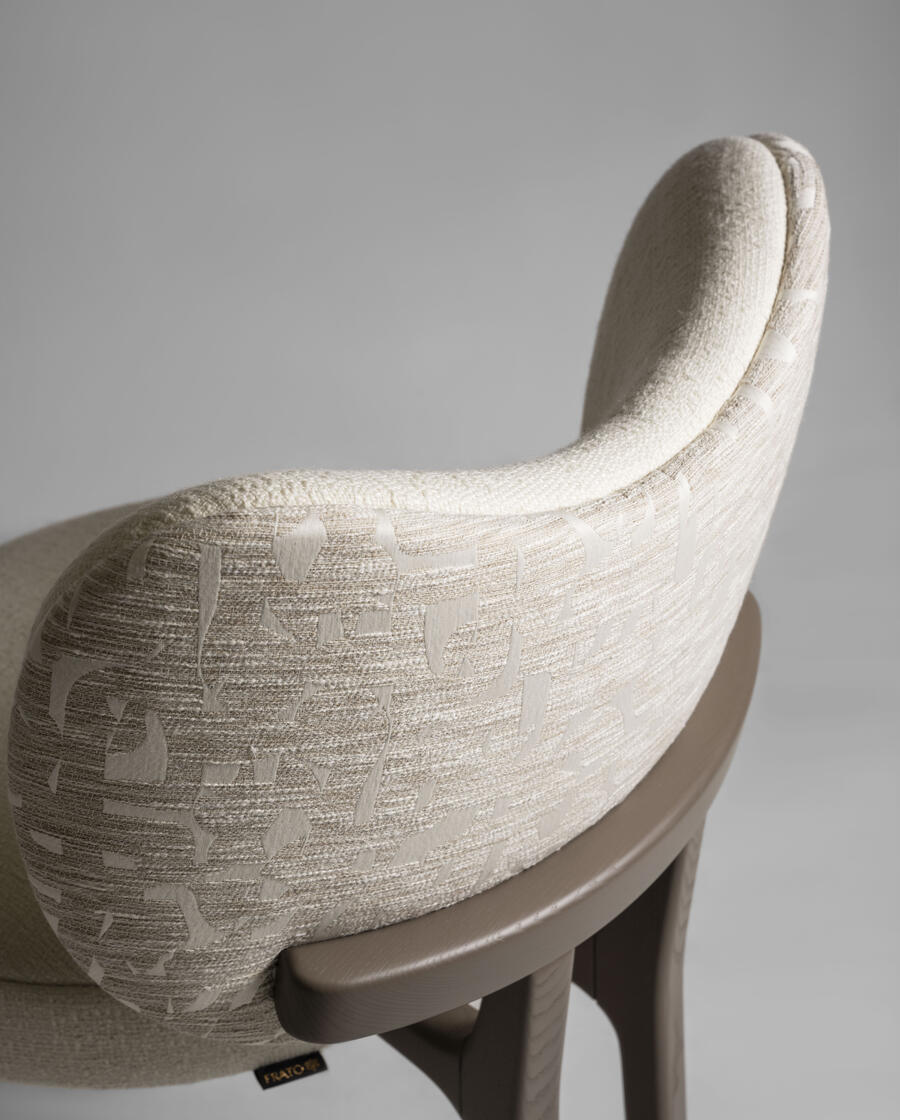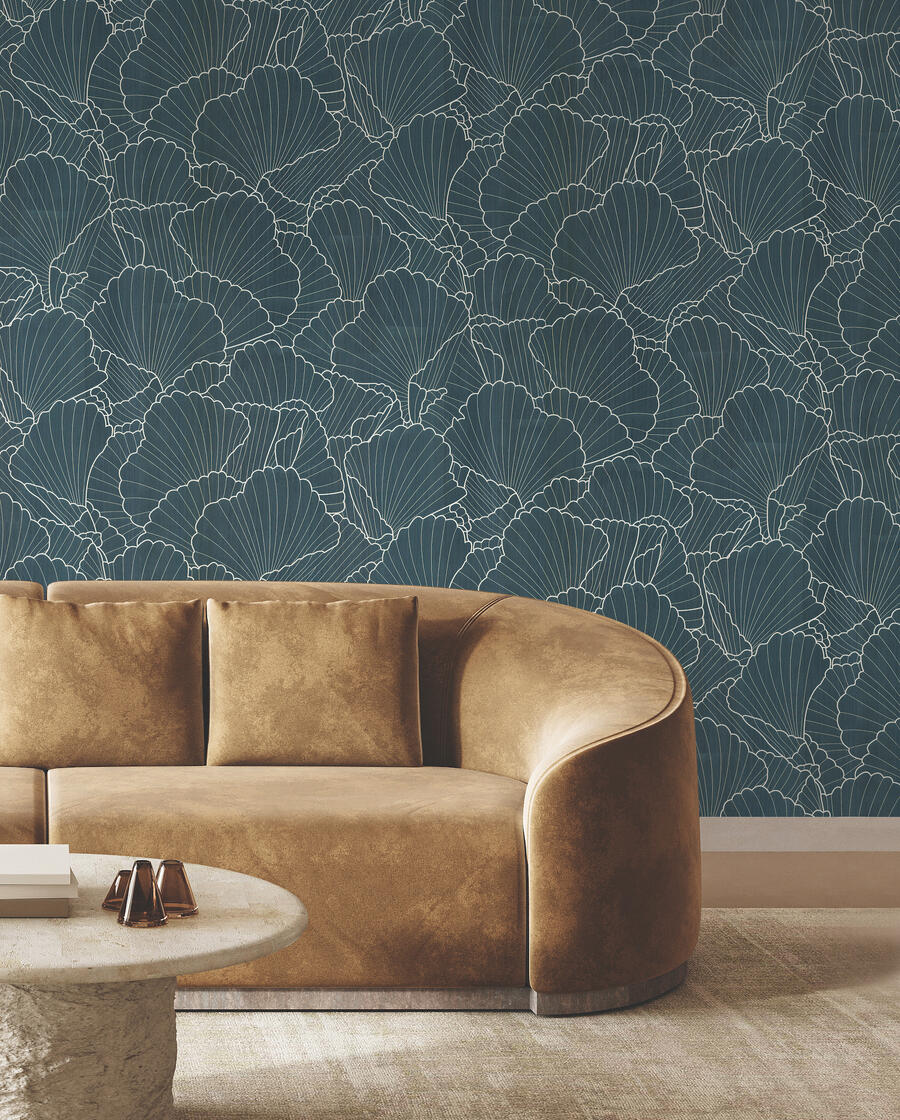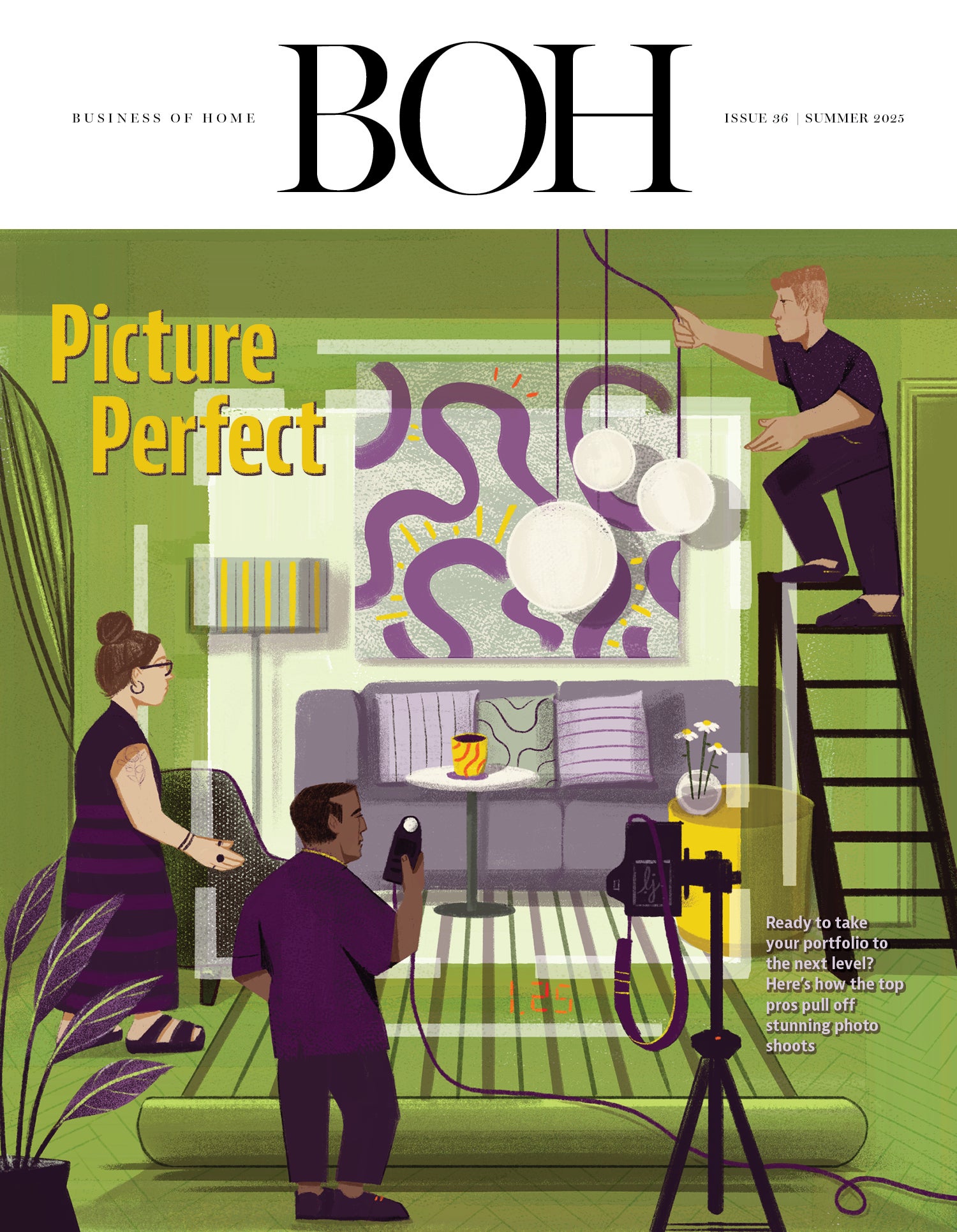The process of passing off the baton in a design firm can seem like a daunting and confusing task. This week, two designers—Patti Julber and Tom Kligerman—shared how they transitioned out of running their firms and their recommendations for other designers one day hoping to do the same.

CLOSING THE DEAL
“When I first began thinking about selling my business in 2019, I worked with a local business broker on pricing based on the previous three years of net profit, as well as how consistent my revenue was. After one year of mostly unqualified people approaching me and wanting to buy the business for almost nothing, I pulled it off the market. I considered selling it to one of the designers who worked for me, but that didn’t work out either.
During the pandemic, I reenergized my search for a different broker. I hired a mergers and acquisitions [expert] whose company had a different approach to marketing my business, looking for someone who understood the industry rather than for a buyer who wanted a business that could easily run itself. (As most designers know, our business model is more hands-on than not!)
It took many tries to find someone who was not only in the right industry, but who understood that this industry is unique. The sale fell through after the interest rates jumped up 10 days prior to closing, but the next person turned out to be the right one. Having someone guide the process from start to finish was crucial, especially because the buyer wanted [a Small Business Administration] loan. The hoops you as an owner need to jump through for the SBA are many, but my broker was able to guide the buyer to the right lender to prequalify the business. That helped speed up the process somewhat—in all, it took 12 weeks to close the sale. I also had a good attorney who also knew how to structure the deal so I sold more ‘good will’ than assets, to my tax benefit.
When you sell a design firm, it is an asset sale, not a stock sale. It is crucial to have a clean set of books with revenue growing over the previous three years to reap the largest sale price possible. Work with a broker who has sold an interior design firm in the past, as this type of business is very different from selling a sandwich shop. Have your processes and files in order. Your contracts should be airtight (you will need to close them out and assign them to the new owner the day the sale goes through), and make sure you have a good checklist of all things required to do and their due dates, so you aren’t scrambling at the last minute to get things done.” —Patti Julber, former owner of Complements Home Interiors, Oregon

GET AHEAD OF IT
“As with an elegant building, a strong foundation supports a great design practice. Our foundation is a well-defined office culture guiding everything we do—a shared vision that underpins hiring, design and our working environment. It has led to the smooth succession of adding partners Margie Lavender, Joe Carline, Ross Padluck and Drew Davis to the business. Deep into a successful transition at Kligerman Architecture & Design, what have we learned? For one, it is never too early to begin thinking about succession, and certainly not too early to start planning for it. When you’re busy running a design firm, it’s easy to punt succession down the road. Don’t—the future is now.
Hire a professional to guide the process. There are legal and financial issues to uncover and resolve, and the addition of lawyers and accountants makes for a time-consuming exercise. It’s easy to get trapped in details and insignificant items that risk derailing the process. Don’t lose sight of your objective: a new generation and a flourishing firm.
A strong cultural base will carry you through. Select people you want to spend time with, who share your world outlook, and who are young enough for a decent overlap between now and when you plan to fade away. Keep in mind that not everyone wants the responsibility of ownership. Some you hope will come aboard may turn you down, leaving you to start over. It takes time to bring a younger generation up to speed and help them grow into the role—don’t forget that life is about learning. Things that have become second nature to you as a long-time business owner take time to bestow on others.
Finally, get out of your echo chamber. Part of a transition is letting the world know about the new firm. After the agreement is signed, get the word out. We announced our new firm by releasing a beautifully illustrated book on recent and past KA&D work. The publication of our monograph gave us a chance to get on the road, give talks and get the press to crow about the firm. In my experience, you know you have been successful when you look back after several years and realize you never had to refer to your carefully crafted agreement—you have even forgotten where you squirreled it away.” —Tom Kligerman, Kligerman Architecture & Design, New York
These excerpts were originally published in the 2024 Interior Design Business Survey report, produced by Pearl Collective and Interior Talent in collaboration with Business of Home. Download the full report for more insights on the state of the industry.



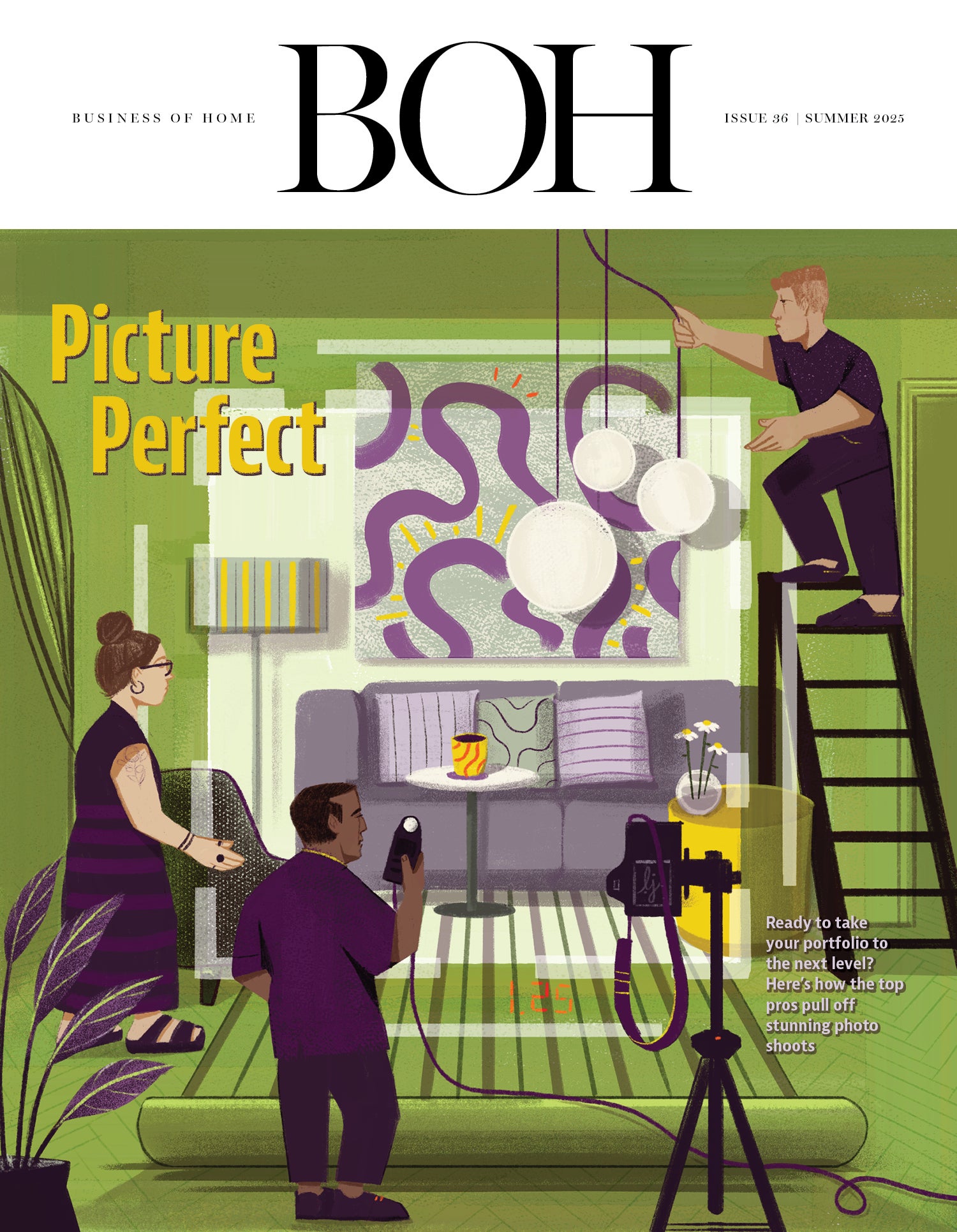




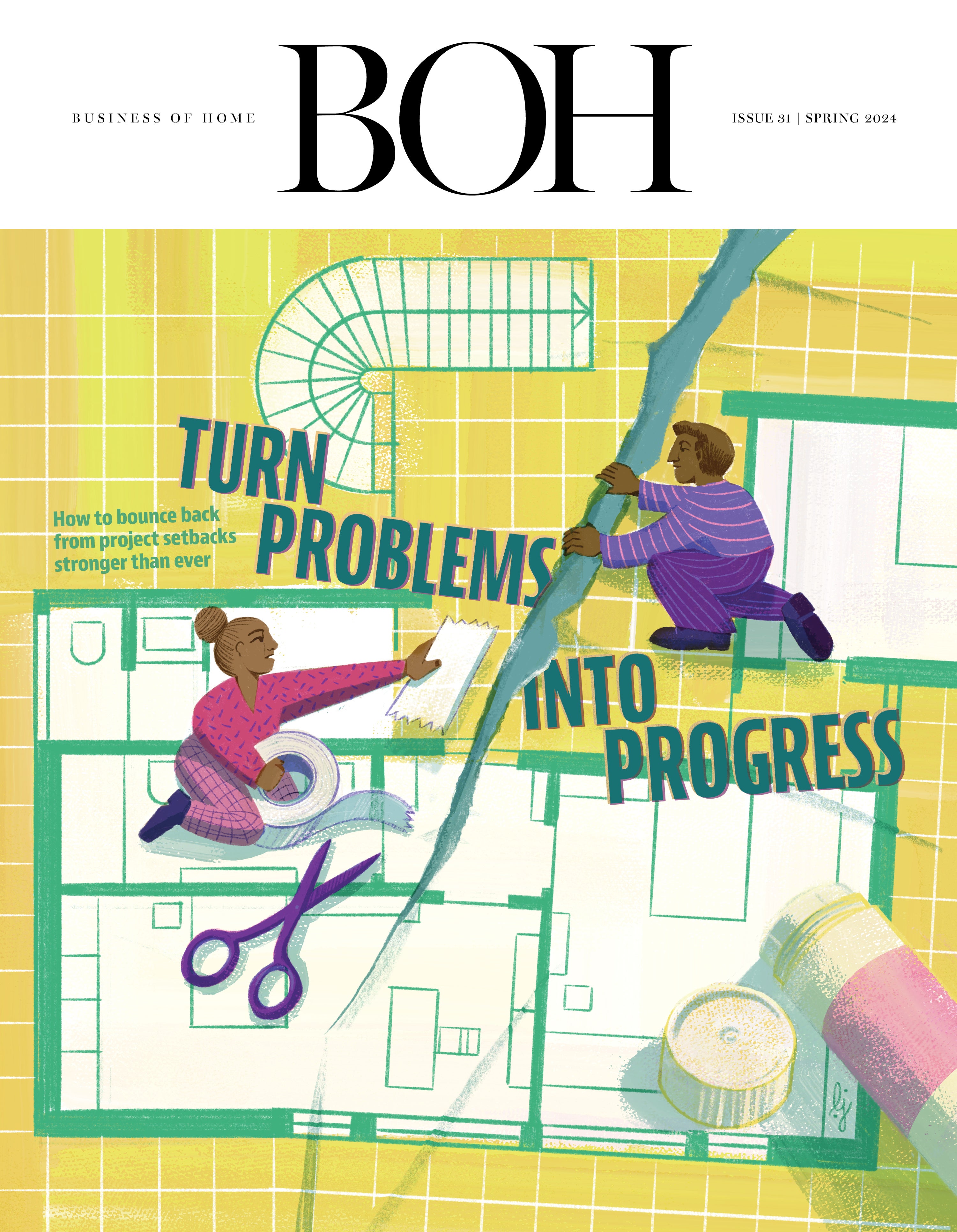




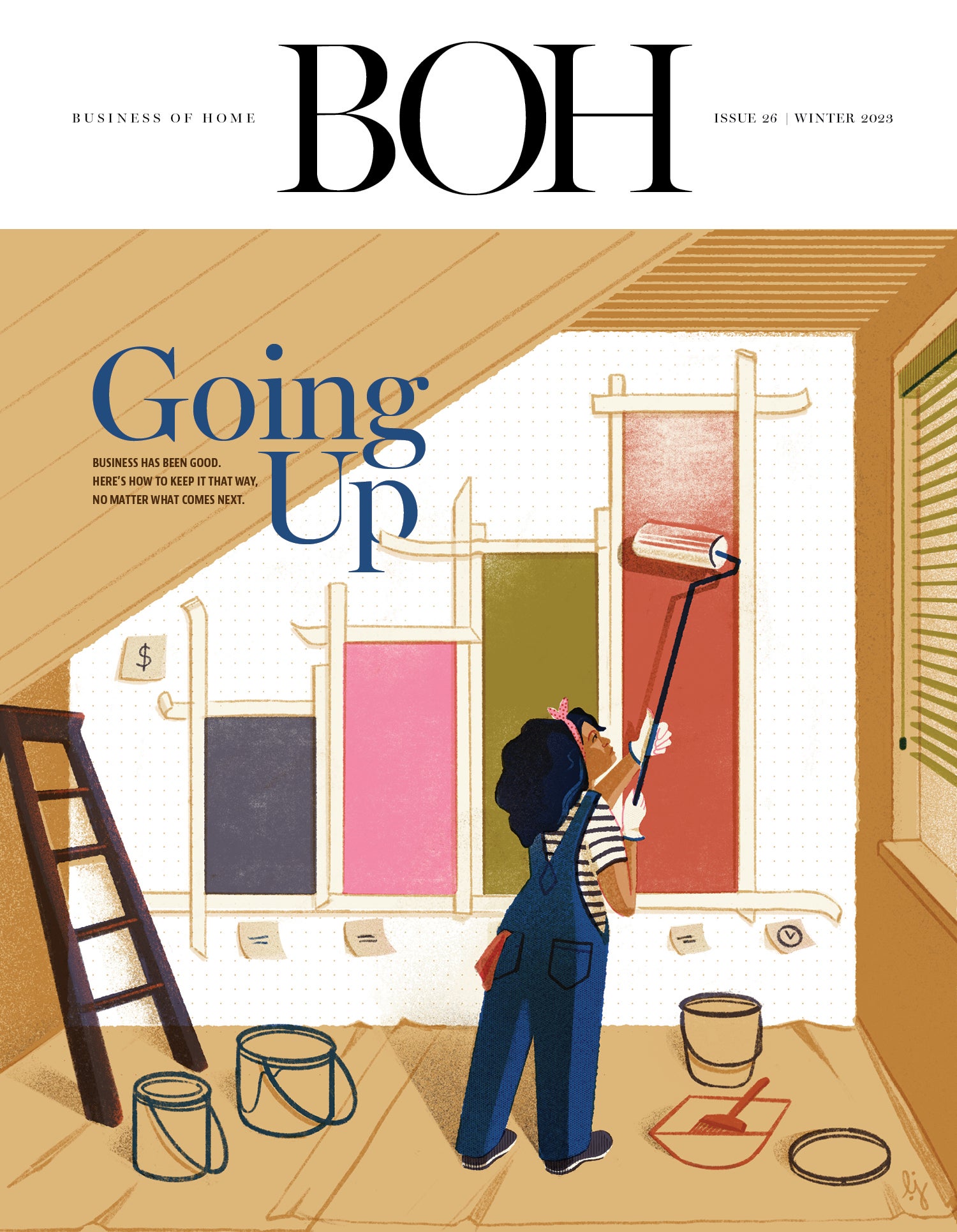






e506.jpg)




